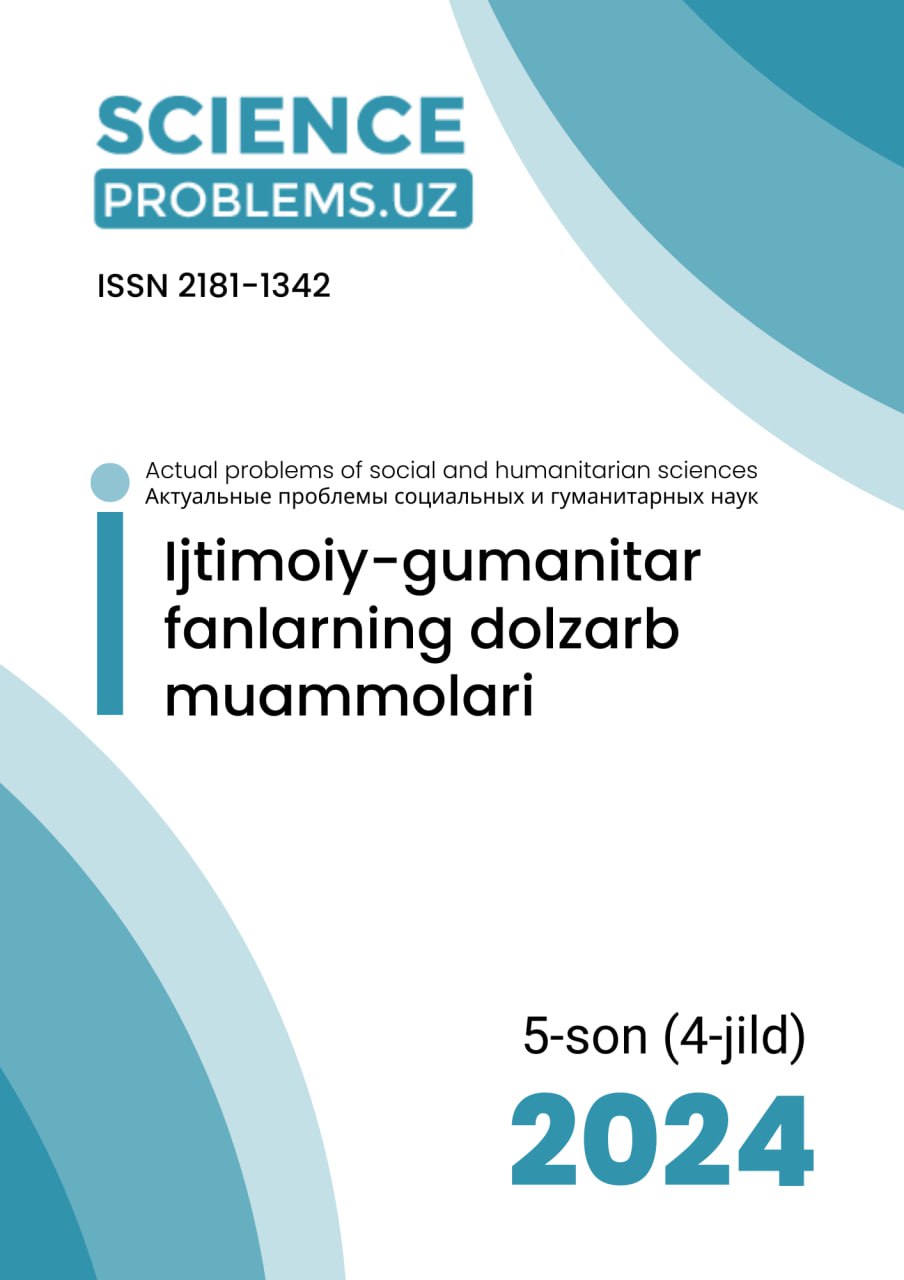USE OF ANTHROPONYMS IN GERMAN FAIRY TALES
DOI:
https://doi.org/10.47390/SPR1342V4I5Y2024N31Keywords:
Fairy tales by the Brothers Grimm, character, proper names, appellative names, study of names, morphological point of view.Abstract
This article examines proper names and names in various fairy tales of the Brothers Grimm. Particular attention is paid to characterization, and the theoretical part examines in detail the characters and place in selected fairy tales. The most important point in this article is emotionality. Different words tend to evoke different emotions (for example, happiness, love, fear, anger). For this reason, the author decided to first establish the main study of emotionality in the text. At this stage, it is often surprising that a word that evokes negative emotions can evoke a positive mood. In this case, most often we are talking about a situation where the hero turns into a different form. It is important to be aware that we are exploring characters from another world (the world of fairy tales). These characters don't exist in the real world. This is the world of witches and gnomes. Personal names are also different from real names.
References
Сказки Братьев Гримм. Братья Гримм. Издательство Детской литературы. 2016.
Братья Гримм. Сказки. Издательство Эксмо, 2011.
Братья Гримм. Полное собрание сказок и легенд водном томе (сборник). Издательство Альфа – книга, 2010.
Харузова Д. Бакалаврская дипломная работа -2009, Eigennamen und Appellative in den Märchen der Gebrüder Grimm
Ахмедова, А. (2024). КОНЦЕПЦИЯ ГАСТРОНОМИИ И ГАСТРОНОМИЧЕСКИЕ РЕКЛАМНЫЕ ТЕКСТЫ. Ижтимоий-гуманитар фанларнинг долзарб муаммолари / Актуальные проблемы социально-гуманитарных наук / Actual Problems of Humanities and Social Sciences., 4(4). https://doi.org/10.47390/SPR1342V4I4Y2024N47
Akhmedova Adolat Ravshan kizi. (2022). Problems of Formation of Phonetic Competence of Students (A Level 1). Eurasian Scientific Herald, 6, 160–162. Retrieved from https://geniusjournals.org/index.php/esh/article/view/919
AXMEDOVA, A. (2023). NEMIS TILI FONETIK KOMPETENSIYASINI SHAKLLANTRIRISHDA INNOVATSION TA’LIM TEXNOLOGIYALARINING ROLI. Journal of Research and Innovation, 1(4), 42–45. Retrieved from https://imfaktor.com/i nd ex.php/jorai/article/view/353
Akhmedova Dildora Jo‘rakhan kizi Lutfulla Kholyirov. (2023). LINGUISTIC CHARACTERISTICS OF OIKONIM AND HYDRONYMS IN THE GERMAN LANGUAGE. International Journal of Education, Social Science & Humanities. Finland Academic Research Science Publishers, 11(6), 172–176. https://doi.org/10.5281/zenodo.8017468
Berdieva Zulfiya. (2023). PECULIARITIES OF UZBEK, GERMAN AND RUSSIAN ANTHROPONYMS. Open Access Repository, 4(3), 148–152. https://doi.org/10.17605/OSF.IO/AGRVF
Zufiya, B. (2022). Anthroponymy as a Branch of Linguistics: Concept, Basic Terms, History of Study. EUROPEAN JOURNAL OF INNOVATION IN NONFORMAL EDUCATION, 2(3), 142–144. Retrieved from https://inovatus.es/index.php/ejine/article/view/502








